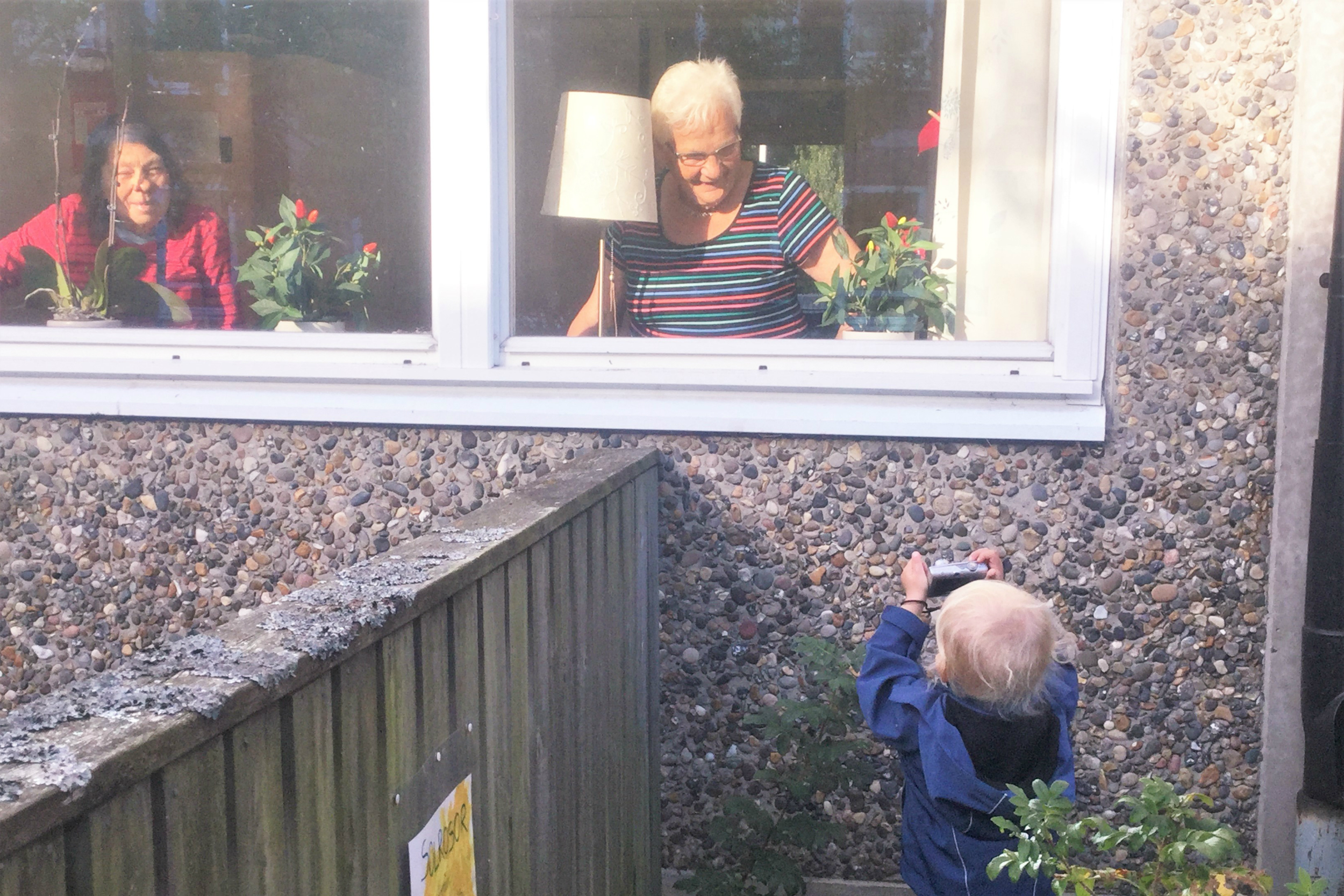Blog
Intergenerational learning in public space: promoting young children’s citizenship

Read Tim Waller’s blog about the BRIC project designed to promote community engagement with young children in public space in England, Italy and Sweden.
In many parts of Europe, young children are becoming more and more invisible in outdoor and indoor public spaces such as parks, pathways and libraries. This is denying them opportunities to learn and meet with community members other than their families and preschool teachers. It also depriving them an important part of their identity and their democratic right to participate in their community.
Over the past 40 years or so early childhood education and care provision for children aged 5 years and under has become widespread in western European countries. Whilst many young children and their families clearly benefit from preschool education, one of the downsides is that young children have become less visible in public spaces in their communities. Preschools and daycare centres are often located in buildings surrounded by a high fence and generally visited only by the children, their parents, carers and families. Organised visits to public spaces outside the preschool are rare.
In 2014 a group of researchers and preschool teachers from England, Italy and Sweden established The Young Children, Public Spaces and Democracy project (BRIC) to explore ways of addressing this issue. As part of the project preschool teachers in all three countries have systematically and regularly taken children into three ‘focus spaces’ in their communities:
- a pavement (footpath, marciapiede, or equivalent);
- an indoor space (such as a library, but not a preschool); and,
- a green outdoor space (such as a park or woodland).
These activities took place firstly with children aged 3 – 5 years and secondly with children aged two years and under. Of interest to the TOY programme is the fact that the young children’s engagement in public space in all three countries brought them into contact with older adults in their community. These are some examples:
A preschool started taking children on a walk through the local village to the village hall. On the first visit they met a group of older people having lunch in the village hall and stayed to talk with them. The lunch group did not know about the preschool before the visit and many of the children at the preschool had grandparents who lived in other parts of the world so they were not used to interacting with them. However, the children enjoyed the first visit so much their teachers took them every Tuesday to the lunch club for a whole school term and a real intergenerational bond developed.
A preschool in a large town took children to the library on a public bus. The other passengers were mainly older people who commented that they really liked to see and talk to young children on the bus. Afterwards the teachers took the same group of children on the same bus every week, thus facilitating regular dialogue and interaction between young and older generations of the same community.
A community preschool walked with children aged two and under to local shops. The preschool teacher in charge reflected: ‘Jo, the lady on the fish counter, was wonderful, really engaged the children, encouraged them to touch the different types of fish, guess what they were and where they came from. It was really informative and some of the elderly customers said how wonderful it was that the children were having such an experience’.
Following the BRIC visits to public spaces preschool teachers commented: ‘inhabiting the public spaces, in the community in which they live, with the children is unusual but much appreciated. It creates and sustains a sense of citizenship in small things as well as large and it is also sustaining an awareness of caring, a sense of responsibility for all public things’.
The visits and experiences involving the ‘Focus Spaces’ were documented and reflected on by the participants and disseminated to preschools, parents, local communities and politicians through a series of Public Forums and regular Transnational Exchanges (between preschool teachers) in each of the participating countries.
In BRIC we contend that there is a need to reconsider the use of public spaces to promote young children’s citizenship, through a combination of voice with action that can lead to genuine participation, inclusion and belonging. A very important part of this process is the intergenerational meetings and dialogue between older and younger generations which we believe should be encouraged and nurtured for the benefit of all.
_____________________________________________________________________
The ‘Young Children, Public Spaces and Democracy’ project or BRIC project, is a partnership between Anglia Ruskin University in Cambridge, UK (ARU), Azienda Speciale Servizi in Bassa Reggiana, Italy (ASBR) and Barnpedagogiskt Forum, Goteborg, Sweden (BPF). It took place between 2014 and 2017 and was funded by the European Union under the Erasmus+ programme. See www.bricproject.org for more information.
For more information, contact Tim Waller at tim.waller72@gmail.com or visit the BRIC Website at www.bricproject.org.